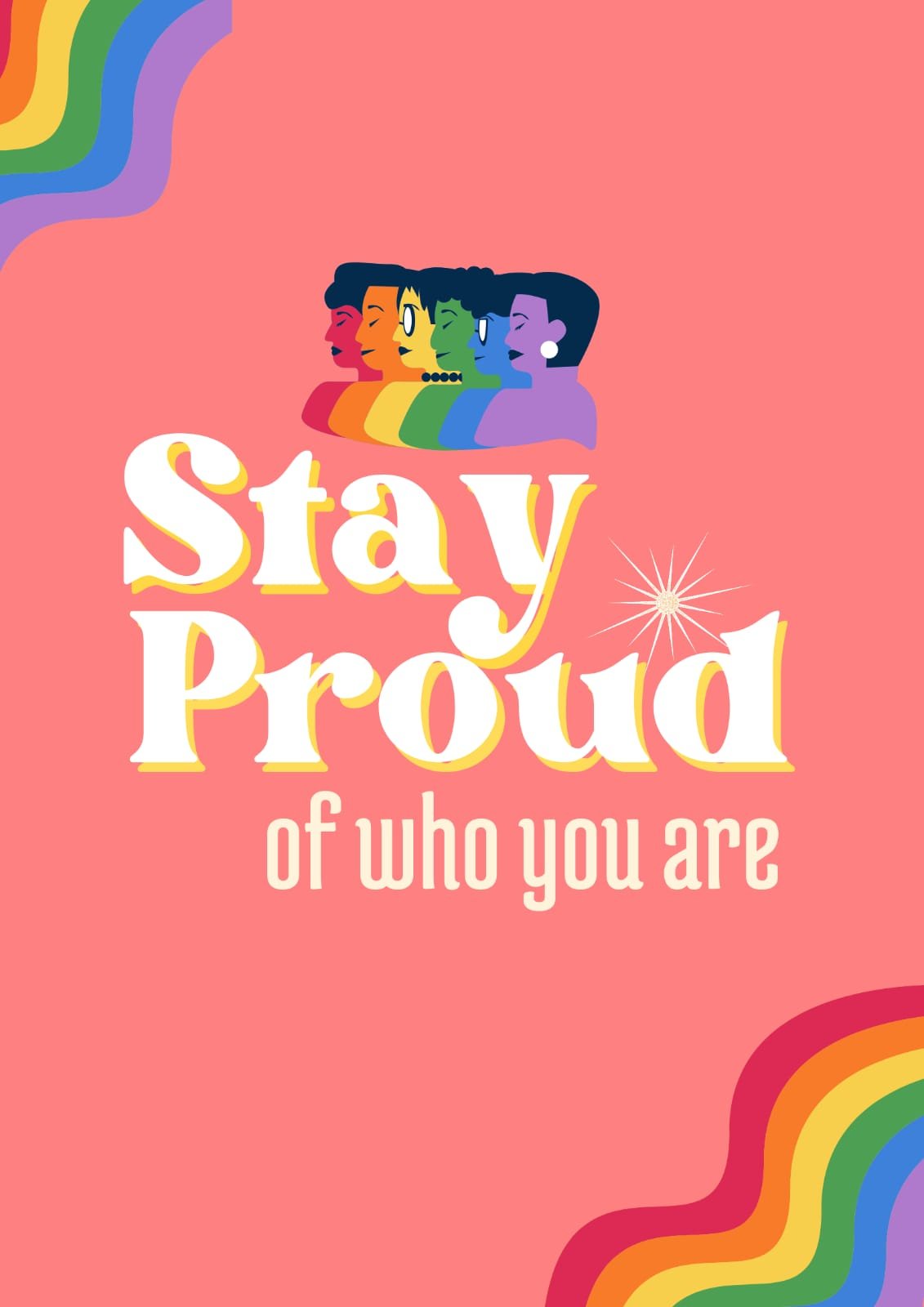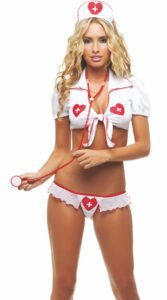The landscape of queer terminology is ever-evolving, reflecting the diverse experiences and identities within the LGBTQ+ community. For those new to these terms or seeking a deeper understanding, this guide aims to clarify the various types of terminology associated with queer people, fostering a more inclusive and respectful environment.
1. LGBTQ+
LGBTQ+ is an acronym that stands for Lesbian, Gay, Bisexual, Transgender, and Queer (or Questioning), with the plus symbol representing other sexual orientations and gender identities that are not specifically covered by the initial letters.
- Lesbian: A woman who is attracted to other women.
- Gay: A person who is attracted to people of the same sex; often used to refer specifically to men.
- Bisexual: A person who is attracted to more than one gender.
- Transgender: A person whose gender identity differs from the sex they were assigned at birth.
- Queer: An umbrella term that can refer to anyone who is not heterosexual or cisgender.
2. Gender Identity and Expression
- Cisgender: A person whose gender identity matches the sex they were assigned at birth.
- Non-Binary: A gender identity that doesn’t fit within the traditional binary of male and female. Non-binary people may identify as both, neither, or something entirely different.
- Genderqueer: Similar to non-binary, this term describes a person whose gender identity is outside the male/female binary.
- Genderfluid: A person whose gender identity changes over time.
- Agender: A person who does not identify with any gender.
3. Sexual Orientation
- Asexual: A person who experiences little to no sexual attraction to others.
- Pansexual: A person who is attracted to others regardless of their gender identity.
- Demisexual: A person who only experiences sexual attraction after forming a strong emotional connection.
4. Intersex
Intersex is a term used to describe individuals who are born with physical sex characteristics that do not fit typical definitions of male or female. This can include variations in chromosomes, gonads, sex hormones, or genitals.
5. Queer Community Terms
- Two-Spirit: A term used by some Indigenous cultures in North America to describe a person who embodies both masculine and feminine qualities.
- Drag: The art of dressing in clothing and adopting a persona of a different gender, often for performance purposes. Drag queens are typically male performers who dress as women, and drag kings are typically female performers who dress as men.
- Ally: A person who supports and advocates for the LGBTQ+ community but does not identify as part of it.
6. Microaggressions and Inclusivity
Understanding queer terminology also involves recognizing and avoiding microaggressions—subtle, often unintentional, discriminatory comments or behaviors. Examples include assuming someone’s pronouns or questioning the validity of someone’s gender identity. To be more inclusive:
- Ask for Pronouns: Instead of assuming, ask people what pronouns they use.
- Educate Yourself: Take the initiative to learn about LGBTQ+ issues and terminology.
- Support LGBTQ+ Rights: Advocate for policies and practices that promote equality and inclusivity.
Conclusion
The terminology associated with queer people is rich and varied, reflecting the complexity of human experiences and identities. By understanding and using these terms correctly, we contribute to a more respectful and inclusive society. Embracing this knowledge helps in recognizing and valuing the diverse identities within the LGBTQ+ community, fostering a world where everyone feels seen and respected.







Add comment